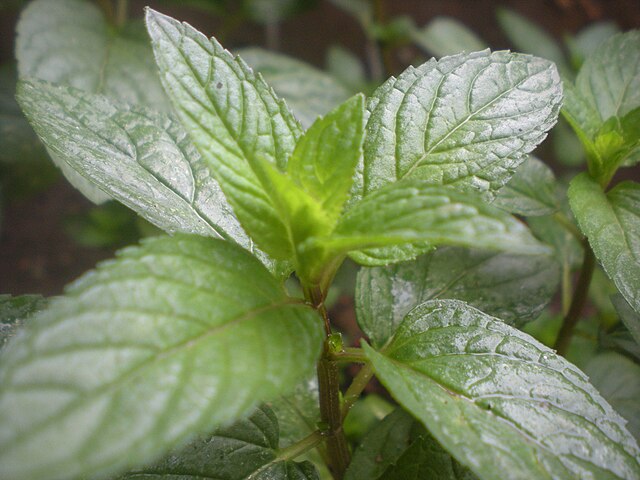Peppermint (Mentha x piperita) is a delightful herb that not only adds flavor to your culinary creations but also offers numerous other uses, from soothing digestive discomfort to providing a refreshing aroma. If you want to grow peppermint in your garden, here’s the ultimate guide to get you started:
1. Choose the Right Location:
- Peppermint thrives in well-drained soil and prefers partial to full sunlight. Choose a spot in your garden where the plant will receive around 4-6 hours of sunlight per day.

2. Prepare the Soil:
- Peppermint prefers slightly acidic to neutral soil with a pH of 6.0 to 7.0. You can amend the soil with organic matter like compost to improve its texture and fertility.
3. Planting Peppermint:
- You can grow peppermint from seeds, but it’s easier to propagate it from cuttings or root divisions. Plant them in the spring or fall. Space the plants about 18 inches apart, as peppermint can spread vigorously.
4. Watering:
- Keep the soil consistently moist but not waterlogged. Peppermint prefers slightly damp soil. Water deeply when the top inch of soil feels dry.
5. Mulch:
- Applying a layer of organic mulch around the peppermint plants helps retain moisture, control weeds, and maintain consistent soil temperature.
6. Pruning:
- Peppermint can become invasive, so regular pruning is essential to keep it in check. Pinch back the stems regularly to encourage bushier growth and prevent it from spreading too aggressively.
7. Fertilization:
- Peppermint doesn’t require heavy fertilization. You can feed it with a balanced, slow-release fertilizer in the spring. Be cautious not to over-fertilize, as this can lead to excessive growth and reduced flavor.
8. Pest and Disease Management:
- Peppermint is relatively resistant to pests and diseases, but it’s a good practice to inspect your plants for common garden pests like aphids or spider mites. If necessary, treat with appropriate organic remedies or insecticidal soap.
9. Harvesting:
- You can start harvesting peppermint leaves once the plant is well-established, usually about eight weeks after planting. Snip off the leaves as needed. Regular harvesting promotes fresh growth and maintains the plant’s health.
Growing peppermint in your garden is a rewarding experience, offering a versatile herb for culinary, medicinal, and aromatic purposes. With proper care and maintenance, your peppermint plants can thrive and provide you with fresh, fragrant leaves for various applications.









